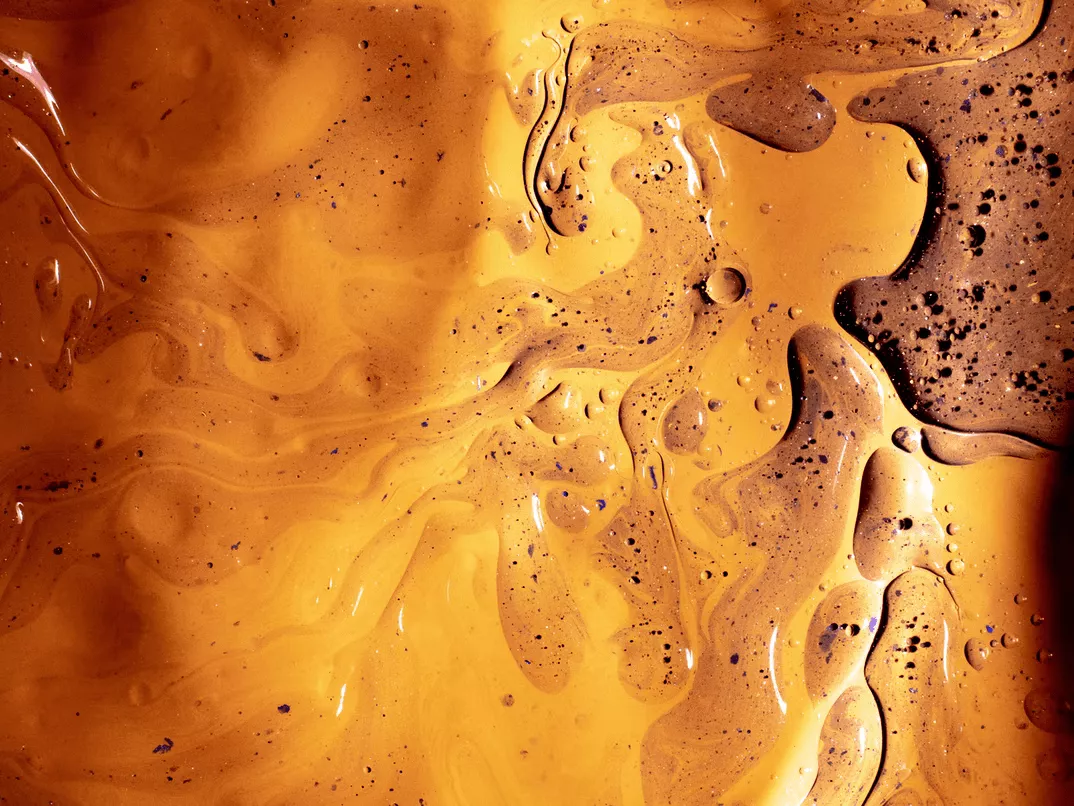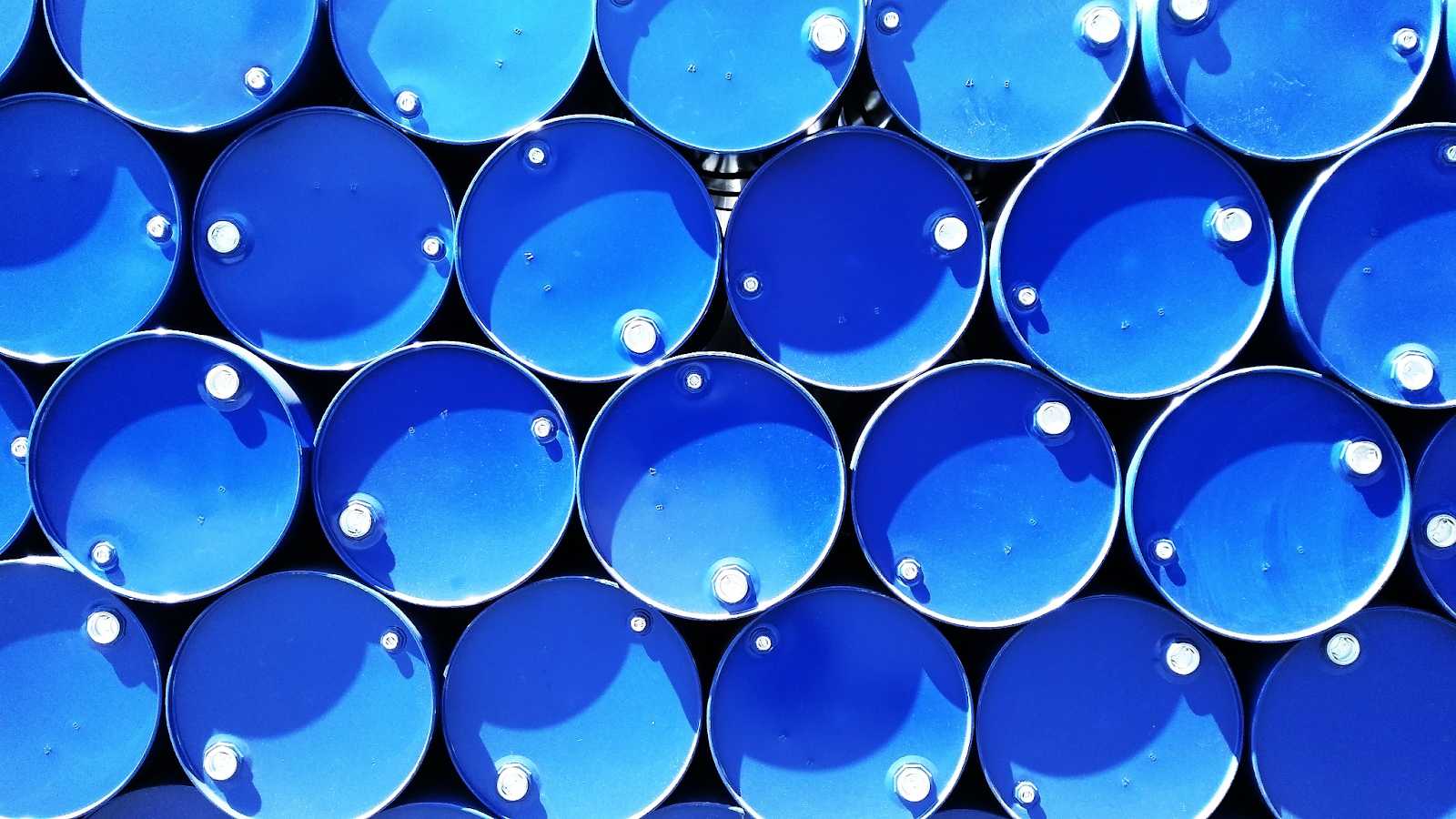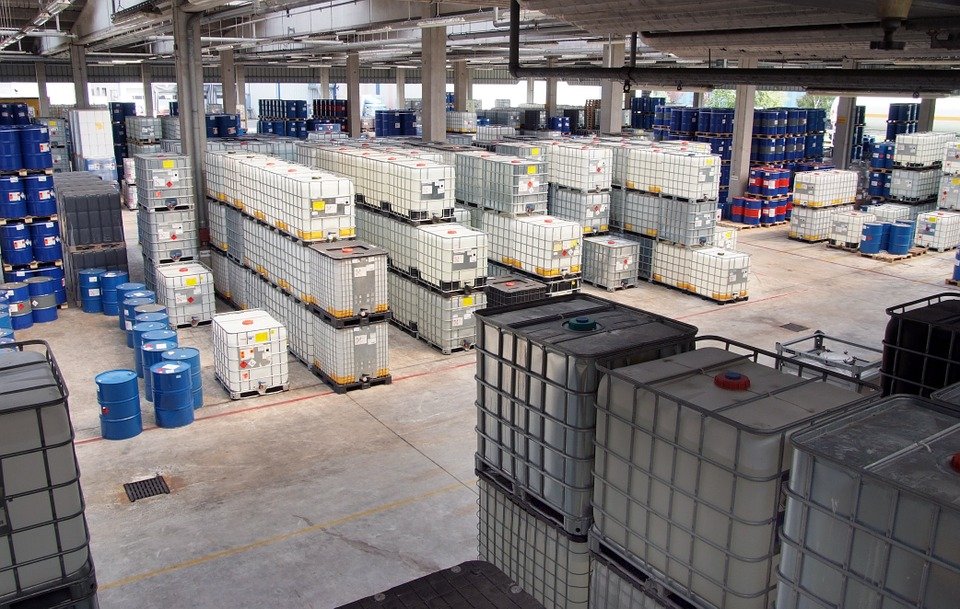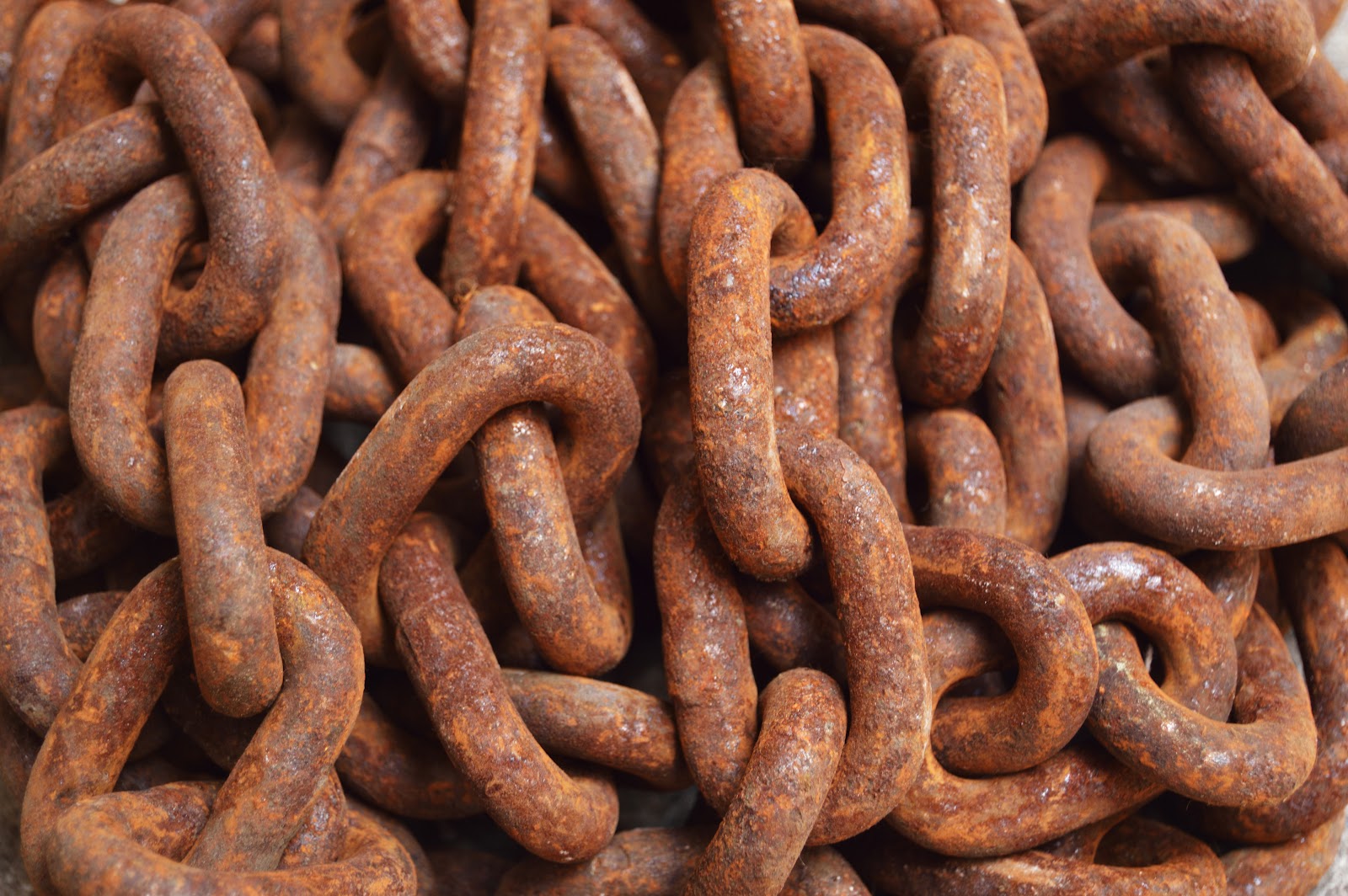When we think of worst-case scenarios we may think of Deepwater Horizon; the catastrophic oil spill that occurred on April 10th 2010, in the Gulf of New Mexico. Eleven people were killed in the blast and an estimated 4,900,000 barrels of oil spilled into the Gulf of New Mexico over a period of six months while they were trying to find a solution. The fallout was so great because no one had planned for the worst-case scenario. Beyond oil spills, many of us work with hazardous chemicals on a daily basis and may not even realize it. Whether it be on a golf course, in a commercial kitchen, or a school there may be unknown harmful chemical products that if spilled could risk the injury of staff or the environment. To be effective at lowering the risks of a spill, always consider the worst-case scenario. Have the proper materials on hand, such as a spill kit, and a plan in place to optimize your spill preparedness.




